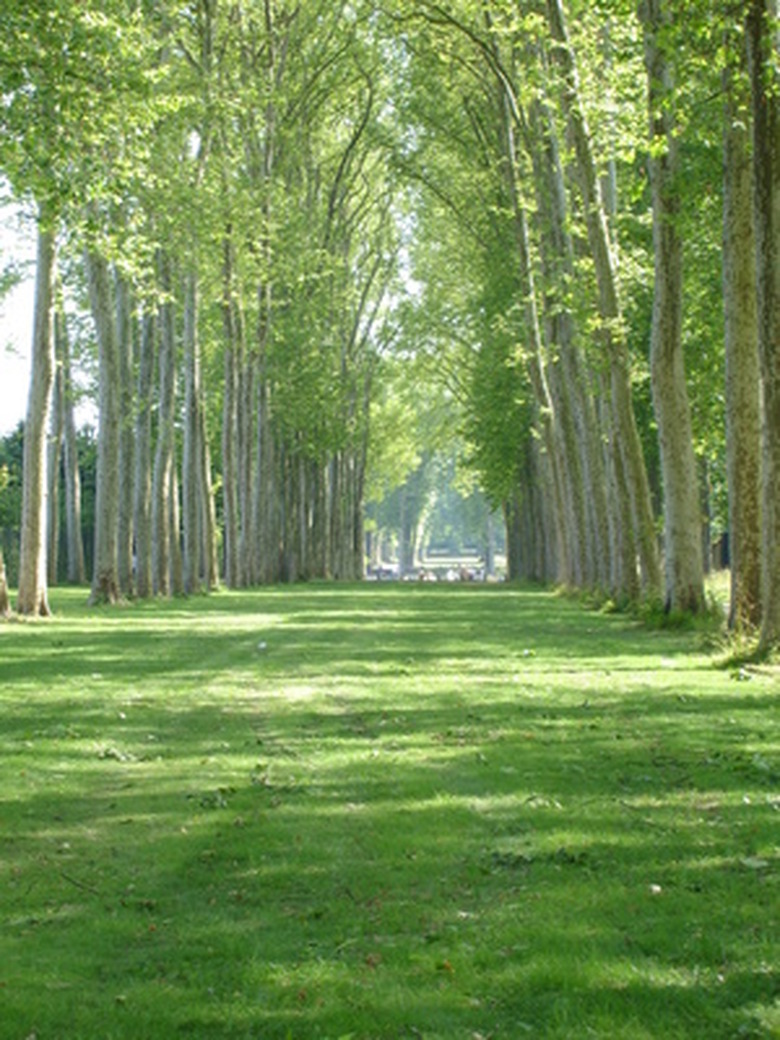Nut Trees That Grow In Ohio
Ohio is known as the "Buckeye State" because of the abundance of buckeye trees that once covered its landscape. The buckeye, however, is not the only nut-producing tree in the state. Ohio is home to many species of nut trees, including walnut, horse chestnut and beech. These trees are not merely for ornamental use; they also provide homes and food for many Ohio native wildlife, including squirrels.
Ohio Buckeye
The Ohio buckeye is the state tree and a member of the horse chestnut family. The wood from the Ohio buckeye is commonly used to produce artificial limbs. The tree can grow up to 60 feet tall and 30 feet wide and grows well in moist soil that is well drained. When the Ohio buckeye tree is young, it prefers a shady area, but as it grows its requirements change to an area that has both full sun and shade. The Ohio buckeye produces nuts both singly and on clusters. The nuts are produced in mid- or late summer, and it is supposedly good luck to hold a buckeye in your pocket.
Yellow Buckeye
Yellow buckeyes are part of the horse chestnut family and are so named because they resemble the eye of a buck. The tree grows up to 100 feet and has compound leaves that look like fingers of a hand attached to a long stalk. The yellow buckeye produces up to two nuts inside a smooth husk. The yellow buckeye enjoys full sun and moist soil that is well drained.
Butternut
The butternut tree grows primarily in the eastern part of Ohio but can be found throughout the state. The butternut is a member of the walnut family and is sometimes called "white walnut." The butternut features an oily, sweet nut that comes in an oblong husk that is covered in sticky hairs. The butternut does well in full sun and damp soil and is known to grow in ravines and near streams and rivers.
Shellbark Hickory
Shellbark hickory wood is commonly used to make furniture, timber and tool handles. This member of the hickory family can grow up to 100 feet tall and is the biggest type of hickory tree. Shellbark hickory trees are nicknamed "king nut" for the 2 1/2-inch diameter nuts that they produce.
The Black Walnut
The black walnut grows rapidly up to 70 feet tall and can be found throughout the state of Ohio. This tree prefers moist, deep soil that is well drained in a full-sun area. The wood from the black walnut is common in the production of furniture and gunstock. The fruit of the black walnut tree grows solitary or in groups of up to three and has a thick, somewhat fleshy husk that is covered in hairs.
